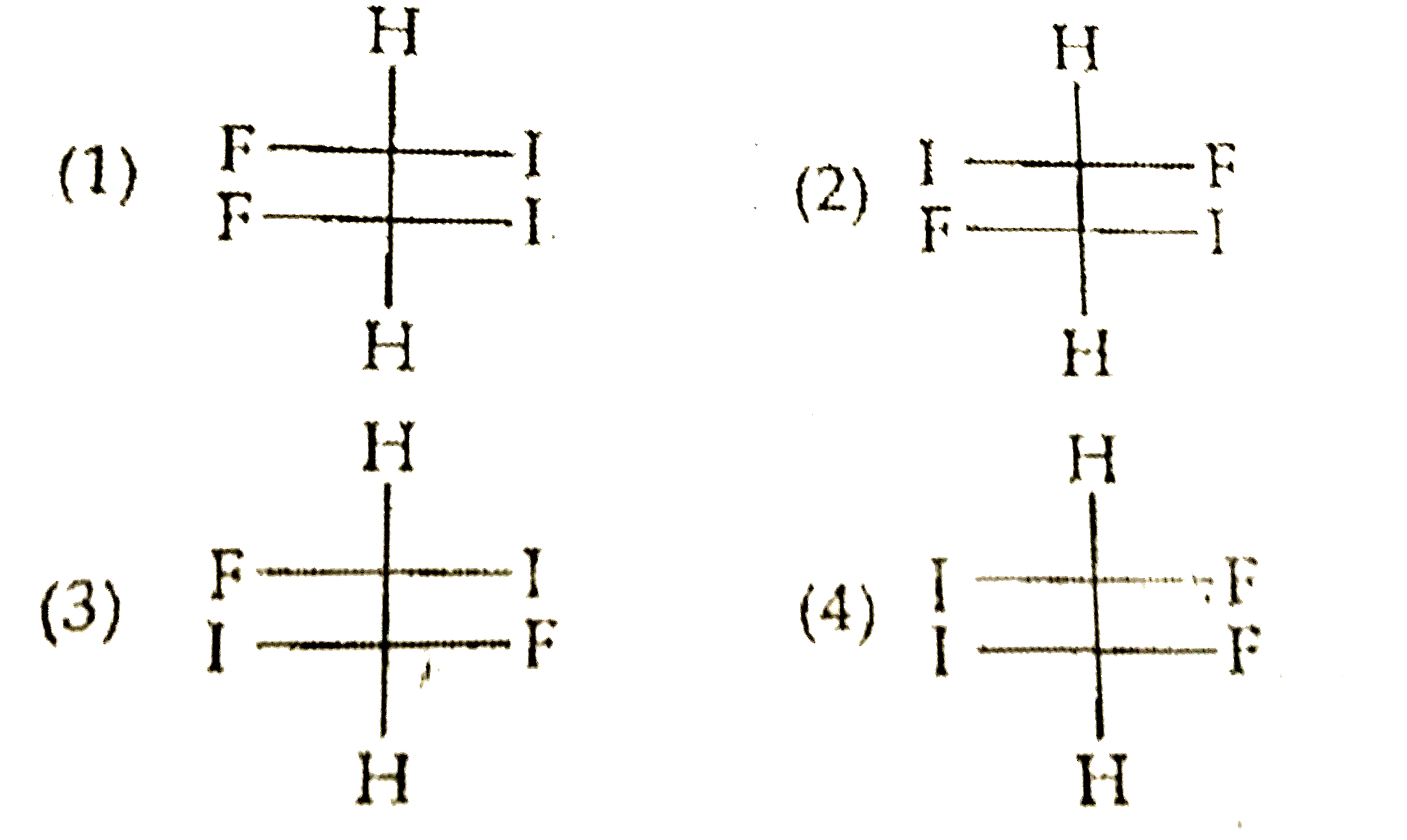Which of the following compound is achiral ( optically inactive )?
1− Bromo−2−chlorocyclopropane
(Trans)−2−Methyl hex−3−ene
2− Methyl butanal
2,2,4− Trimethyl hexane
The correct Answer is:A
To determine which of the given compounds is achiral (optically inactive), we will analyze each option step by step.
Step 1: Analyze Option A - 1-bromo-2-chloro-cyclopropane
1. Structure: The compound consists of a cyclopropane ring with a bromine (Br) and a chlorine (Cl) substituent.
2. Chirality Check: A chiral center is a carbon atom that is attached to four different groups. In this case, the carbon atoms in the cyclopropane ring with Br and Cl attached can create two different configurations.
3. Conclusion: Since there are two chiral centers, this compound is optically active.
Step 2: Analyze Option B - trans-2-methyl-hex-3-ene
1. Structure: The compound has a double bond between two carbon atoms and two methyl groups on the second carbon.
2. Chirality Check: For a compound to be chiral, it must have at least one carbon atom bonded to four different substituents. In this case, the carbons involved in the double bond do not have four different groups attached.
3. Conclusion: This compound does not have any chiral centers, making it optically inactive.
Step 3: Analyze Option C - 2-methylbutanol
1. Structure: The compound has a butanol structure with a methyl group on the second carbon.
2. Chirality Check: The second carbon is bonded to four different groups (a hydroxyl group, a methyl group, and two different carbon chains).
3. Conclusion: This compound has a chiral center, making it optically active.
Step 4: Analyze Option D - 2,2,4-trimethylhexane
1. Structure: The compound has a hexane backbone with three methyl groups.
2. Chirality Check: The carbon at position 2 is bonded to two identical methyl groups, which means it does not have four different substituents.
3. Conclusion: This compound does not have a chiral center, making it optically inactive.
Final Conclusion:
The only compound that is achiral (optically inactive) is Option B - trans-2-methyl-hex-3-ene.
1. Structure: The compound consists of a cyclopropane ring with a bromine (Br) and a chlorine (Cl) substituent.
2. Chirality Check: A chiral center is a carbon atom that is attached to four different groups. In this case, the carbon atoms in the cyclopropane ring with Br and Cl attached can create two different configurations.
3. Conclusion: Since there are two chiral centers, this compound is optically active.
1. Structure: The compound has a double bond between two carbon atoms and two methyl groups on the second carbon.
2. Chirality Check: For a compound to be chiral, it must have at least one carbon atom bonded to four different substituents. In this case, the carbons involved in the double bond do not have four different groups attached.
3. Conclusion: This compound does not have any chiral centers, making it optically inactive.
1. Structure: The compound has a butanol structure with a methyl group on the second carbon.
2. Chirality Check: The second carbon is bonded to four different groups (a hydroxyl group, a methyl group, and two different carbon chains).
3. Conclusion: This compound has a chiral center, making it optically active.
1. Structure: The compound has a hexane backbone with three methyl groups.
2. Chirality Check: The carbon at position 2 is bonded to two identical methyl groups, which means it does not have four different substituents.
3. Conclusion: This compound does not have a chiral center, making it optically inactive.
The only compound that is achiral (optically inactive) is Option B - trans-2-methyl-hex-3-ene.
Topper's Solved these Questions
- BASIC CONCEPTSBook:RESONANCE ENGLISHChapter:BASIC CONCEPTSExercise:Inorganic chemistry (Periodic Table & Periodicity
Explore 27 Videos
- BASIC CONCEPTSBook:RESONANCE ENGLISHChapter:BASIC CONCEPTSExercise:ORGANIC CHEMISTRY(BASIC CONCEPTS)
Explore 27 Videos
- AROMATIC COMPOUNDSBook:RESONANCE ENGLISHChapter:AROMATIC COMPOUNDSExercise:Part - III Practice Test-22
Explore 1 Video
- BIOMOLECULESBook:RESONANCE ENGLISHChapter:BIOMOLECULESExercise:Advanced Level(Part II)
Explore 33 Videos
Similar Questions
Knowledge Check
Which of the following compounds is achiral?
A B
B C
C D
D
Which of following compound is achiral ?
A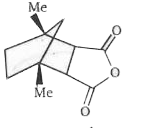 B
B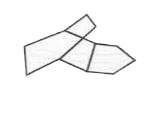 C
C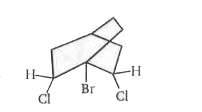 DAll of these
DAll of theseWhich of the following compgunds would be optically inactive?
AH2=CH2B CH3C−CH=C=CH−CH3D
CH3C−CH=C=CH−CH3D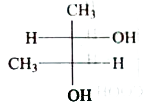
Which of the following Allene is achiral?
View SolutionWhich of the following compounds are optically inactive but exhibit geometrical isomerism?
View SolutionWhich of the following compounds will be optically active?
View SolutionPresence of chiral center is not an essential condition to show optical isomerism. Essential condition is, compound should show non-superimposable mirror image.
Allenes do not contain chiral center but show optical isomerism when different groups are attached on double bonded carbons.
Biphenyls also show optical isomerism when both rings are perpendicular to each other and any ring should not contain plane of symmetry.
Which of the following compounds is optically inactive?
View SolutionWhich of the following compound is optically inactive ?
View Solution

